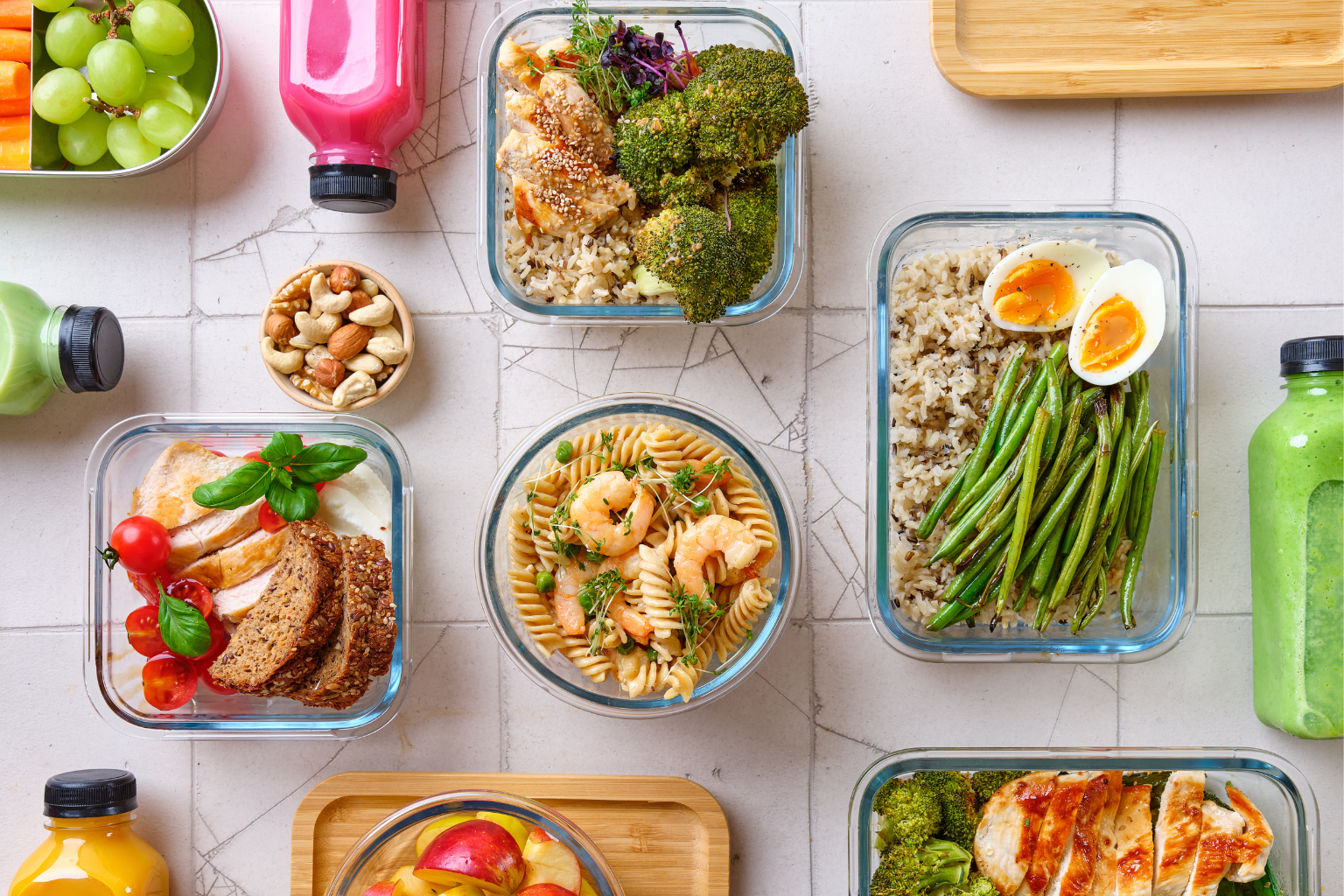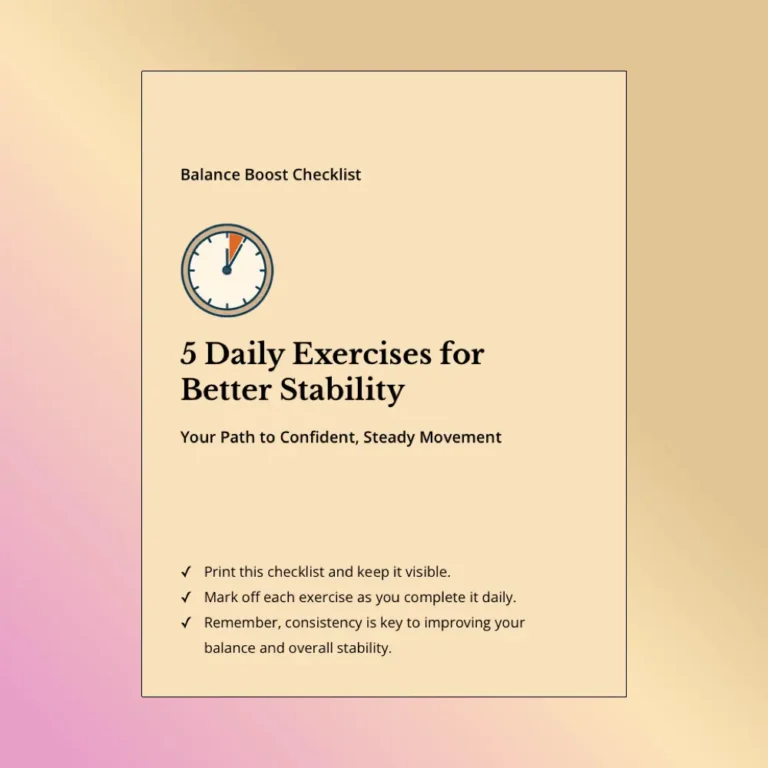For seniors living alone, meal planning isn’t just convenient, it’s necessary for maintaining good nutrition and enjoying food. As we age, our bodies need different nutrients to stay healthy, and thoughtful meal preparation helps ensure we’re getting everything we need. This guide offers practical approaches for seniors living solo, covering everything from cooking for one to nutritional balance and even ways to make mealtimes more social.
Understanding Nutritional Needs for Seniors
Key Nutritional Requirements
As we move into our senior years, balanced meals become increasingly important. Seniors typically need fewer calories but require more essential nutrients. The key nutrients include:
- Protein: Critical for maintaining and repairing muscles. Seniors should aim for 1.0 to 1.2 grams of protein per kilogram of body weight each day.
- Fiber: Important for digestive health, fiber helps prevent constipation and may lower the risk of chronic diseases.
- Vitamins and Minerals: Vitamins B12, D, calcium, and potassium are especially important for bone health, energy, and overall wellness.
Common Dietary Restrictions
Many seniors have dietary restrictions because of health conditions like diabetes or heart disease. Meal planning needs to work around these requirements, making sure meals are low in sodium, sugar, or saturated fat. For example, using fresh herbs instead of salt can add flavor without affecting health. A healthy diet for seniors should consider these dietary needs while still providing nutritious and delicious options.
Practical Strategies for Meal Planning
Now that we understand the nutritional needs, let’s look at practical meal planning strategies that make cooking for one both doable and enjoyable.
Cooking for One: Elderly Cooking Tips
Seniors cooking just for themselves often feel overwhelmed, which can lead to eating the same meals repeatedly or relying on processed foods. Keep things simple and flavorful with these tips for seniors:
- Simple Recipes: Look for recipes designed for one or two servings. Dishes like stir-fries or scrambled eggs can be easily adjusted.
- Variety is Key: Switch between different lean proteins, fruits and vegetables, and whole grain options to keep meals interesting. A colorful plate isn’t just nice to look at—it also provides a range of nutrients.
Senior Portioning Techniques
Understanding proper portion sizes helps prevent overeating while ensuring you get enough nutrients. Here are some helpful techniques for a meal plan for elderly people:
- Visual Guides: Use everyday objects to estimate portion sizes. A serving of meat should be about the size of a deck of cards, while a serving of pasta can be compared to a cupped hand.
- Meal Prep Containers: Get containers that help with portion control, making it easier to serve appropriate meals.
Batch Cooking Strategies
The Benefits of Batch Cooking
Batch cooking is perfect for seniors living alone. It saves time, reduces food waste, and saves money. A 7-day meal plan can be prepared in advance with this approach.
- Time-Saving: Making meals in bulk means spending less time cooking throughout the week’s meals.
- Cost-Effectiveness: Buying ingredients in larger quantities is often cheaper for meal preparation.
Step-by-Step Batch Cooking Guide
- Planning a Weekly Meal: Pick recipes that share ingredients to minimize waste. Plan for variety throughout the week.
- Preparing Ingredients in Advance: Chop vegetables, marinate proteins, and measure spices ahead of time. This makes cooking easier.
- Cooking and Storing Meals Effectively: Cook multiple servings of a dish and use freezer-friendly containers to store individual portions for a 7-day meal plan.
Freezing Single Portions
Best Practices for Freezing Meals
Freezing meals can be incredibly helpful for elderly people. Here’s how to do it right:
- Types of Containers: Use airtight containers or freezer bags to prevent freezer burn. Glass containers work well for reheating, while bags are great for saving space.
- Labeling and Dating: Clearly label your meals with the name and date to avoid confusion later.
Thawing and Reheating Tips
To keep the flavor and texture of your meals, follow these thawing and reheating methods for easy meal options:
- Safe Thawing: Always thaw in the refrigerator or microwave, not at room temperature, to prevent bacteria from growing.
- Reheating Techniques: Reheat meals in the oven or on the stove to keep them moist; try not to use the microwave when possible, as it can dry out food.
Socializing While Dining Alone
The Importance of Social Interaction
Eating alone can sometimes feel lonely, but mealtime doesn’t have to be solitary. Sharing a meal, whether in person or virtually, can improve your social life and mental well-being.
- Community Connections: Look into local dining clubs where seniors often gather to share meals. This provides companionship and helps build friendships.
Creative Ways to Eat with Others
- Virtual Dining Experiences: Host a virtual meal with family or friends. Set a date, prepare the same recipe, and enjoy each other’s company over video chat.
- Local Dining Clubs: Many communities offer a meal plan for the elderly through group dining events. Check local resources to find options near you.
Nutritious and Simple Recipe Ideas
Creating nutritious meals doesn’t have to be complicated. Here are some easy meal ideas that are perfect for senior meal plans when cooking for one:
Breakfast Options
- Overnight Oats: Mix oats with milk or yogurt, add fresh fruit and nuts, and refrigerate overnight. In the morning, you’ll have a ready-to-eat, nutritious breakfast.
- Veggie Omelet: Whisk two eggs, add chopped vegetables like spinach, tomatoes, and bell peppers, and cook for a protein-rich start to your day.
Lunch Ideas
- Grain Bowls: Cook a batch of quinoa or brown rice at the beginning of the week. Top with roasted vegetables, a protein source, and a drizzle of healthy fat like olive oil for a balanced meal.
- Hearty Soups: Make a large pot of vegetable or chicken soup and freeze individual portions. Soups are easy to prepare and can be packed with nutrients.
Dinner Suggestions
- Sheet Pan Dinners: Place a protein (like chicken or fish) and vegetables on a baking sheet, drizzle with olive oil, season, and bake. It’s a complete meal with minimal cleanup.
- Stir-Fries: Quick, adaptable, and perfect for using up vegetables in your fridge. Pair with a small portion of brown rice or noodles for a balanced diet.
Managing Grocery Shopping
Grocery shopping can be challenging when cooking for one. Here’s how to make it more manageable with a grocery list:
Smart Shopping Tips
- Make a List: Plan your meals before shopping and make a detailed list to avoid impulse purchases.
- Shop the Perimeter: Fresh foods like produce, dairy, and meats are usually located around the edges of the store.
- Consider Frozen Options: Frozen fruits and vegetables are just as nutritious as fresh ones and last longer.
Reducing Food Waste
- Buy Only What You Need: For perishable items, buy smaller quantities even if they cost slightly more per unit.
- Repurpose Leftovers: Turn last night’s roasted chicken into today’s chicken salad sandwich.
- Properly Store Food: Learn the best ways to store different healthy foods to extend their shelf life.
Addressing Common Challenges
Older adults often face specific challenges when it comes to meal planning and cooking. Here’s how to address some common issues:
Limited Mobility
- Arrange Your Kitchen: Keep frequently used items within easy reach.
- Invest in Helpful Tools: Consider tools designed for those with arthritis or limited grip strength, such as easy-open containers and ergonomic utensils.
Reduced Appetite
- Eat Smaller, More Frequent Meals: Instead of three large meals, try five or six smaller ones throughout the day.
- Make Every Bite Count: Focus on nutrient-dense foods to get enough nutrition from smaller portions.
Budget Constraints
- Take Advantage of Senior Discounts: Many grocery stores offer special meal ideas for seniors through discount days.
- Buy in Season: Seasonal produce is usually less expensive and more flavorful.
- Consider Community Resources: Look into programs like Meals on Wheels or senior living centers that offer help with meal planning and provide affordable meal options.
Common Questions About Senior Meal Planning
How can I tell if I’m getting enough nutrients from my meals? Pay attention to how you feel. If you’re maintaining a healthy weight, have good energy levels, and aren’t experiencing unusual symptoms, you’re likely getting adequate nutrition. For more certainty, consider when meal planning to track your food intake for a week and discuss it with your healthcare provider.
What are some easy ways to add more protein to my diet? Add Greek yogurt to nutritional smoothies for elderly, include nuts and seeds in your meals, add beans to soups and salads, or keep hard-boiled eggs on hand for snacks. Understanding protein requirements for seniors is essential for making healthy meals for seniors.
How can I stay motivated to cook for just myself? Make mealtimes special by setting the table nicely, playing music, or trying new meal ideas for seniors. Join cooking classes geared toward seniors to learn new skills and meet people. Remember that cooking for yourself is an act of self-care and a way to maintain a balanced diet.
What should I do on days when I don’t feel like cooking? Keep some healthy frozen meals on hand for these occasions. Alternatively, prepare simple no-cook meals like sandwiches, salads, or yogurt parfaits. Some grocery stores also offer meal plan-tailored options that can be healthier alternatives to fast food.
Conclusion
Thoughtful meal planning is key for seniors living alone, addressing both nutritional needs and the desire for connection. By understanding your nutritional requirements, using smart cooking strategies, and finding ways to make dining social, you can significantly improve your quality of life. With a bit of planning, you can create a healthy meal plan that provides tasty meals throughout the week. Start planning your meals today, and look into local community resources to find dining options that can make your meals more enjoyable and fulfilling.
For those wanting to explore meal planning techniques further, check out AARP’s comprehensive meal planning resources for more insights. Additionally, Sowega’s nutrition planning guide offers excellent meal ideas for seniors living alone.
Remember, cooking can be a chance to express creativity and enjoy life’s simple pleasures, even when eating alone. So gather your ingredients, put on your apron, and make healthy eating a celebration of health, flavor, and companionship! Don’t forget to maintain proper hydration alongside your meal planning, as getting enough fluids is important as we age.
See practical techniques for batch cooking that simplify meal prep and ensure you always have delicious meals ready to enjoy.


